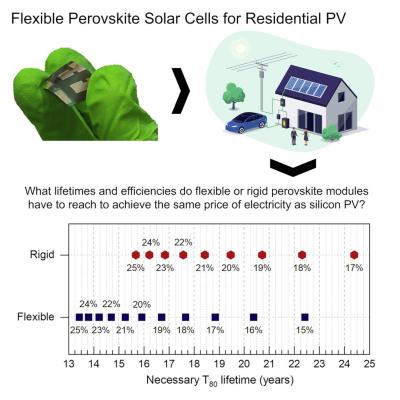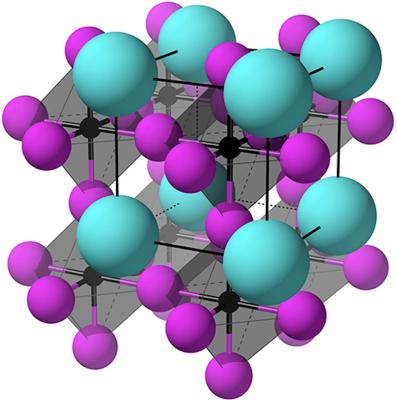Researchers improve transistor performance through perovskite-cation incorporation
Researchers from Pohang University of Science and Technology (POSTECH), Chinese Academy of Sciences (CAS) and University of Electronic Science and Technology of China have developed perovskite transistors through the use of three distinct perovskite cation processes.
The team showed that pure-tin perovskite thin-film transistors can be created using triple A cations of caesium–formamidinium–phenethylammonium. This approach reportedly leads to high-quality cascaded tin perovskite channel films with low-defect, phase-pure perovskite/dielectric interfaces.






